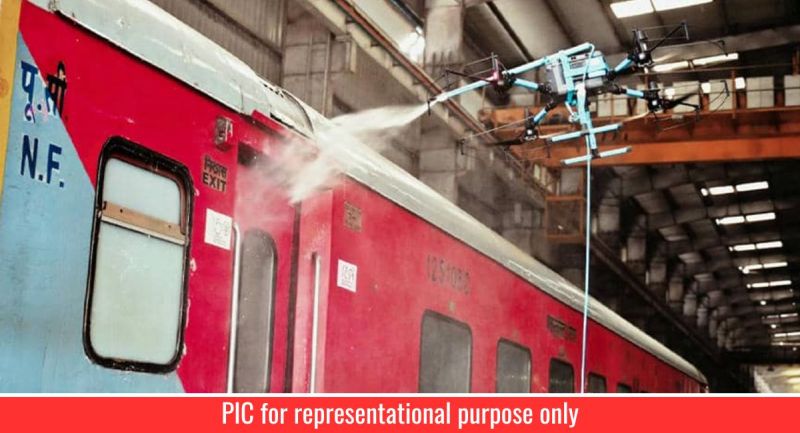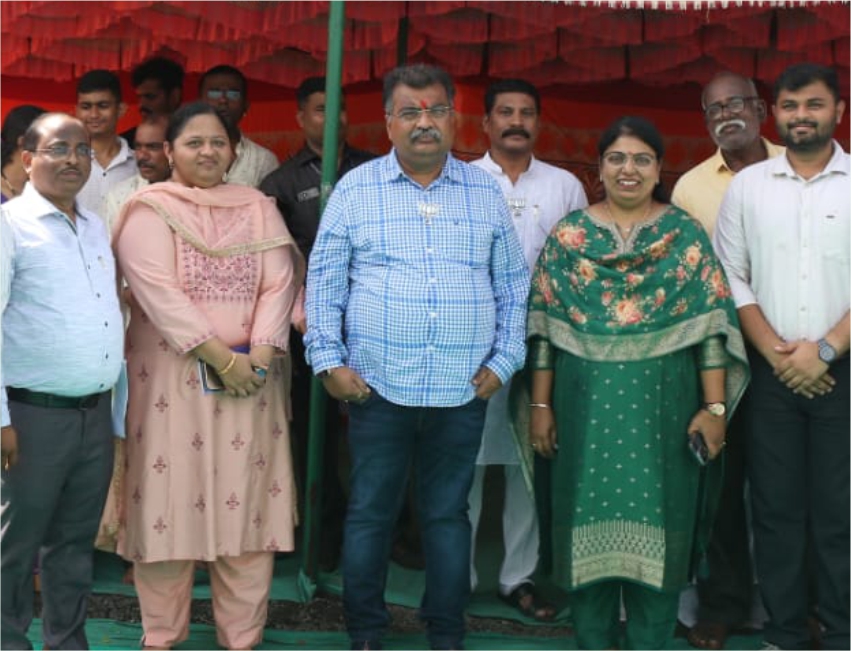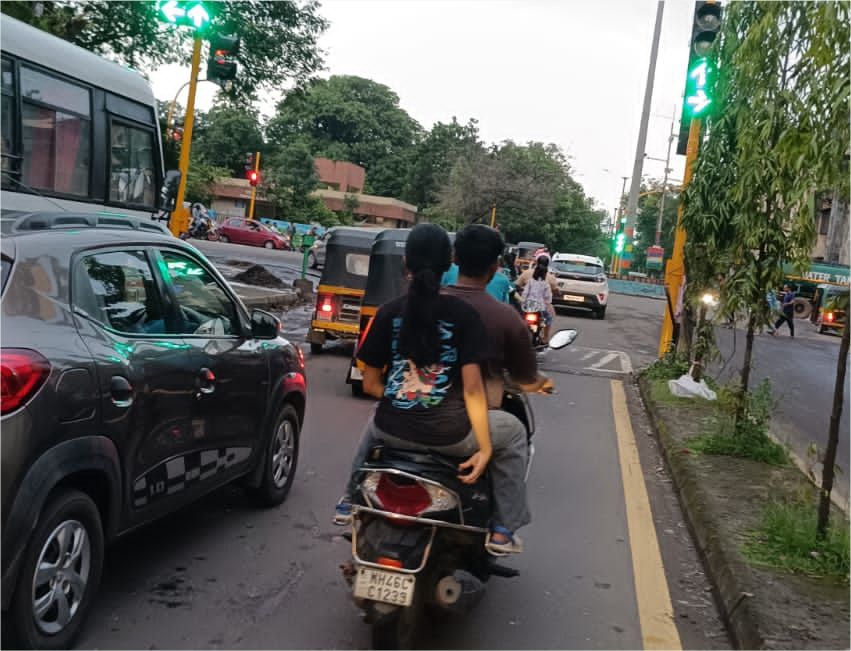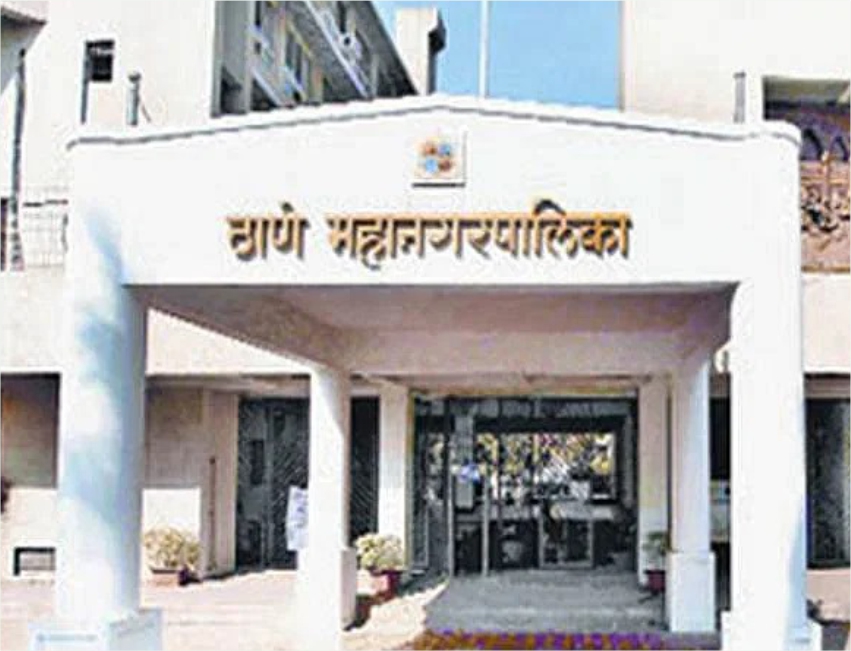Kamakhya station pioneers drone technology in Indian Railways cleanliness overhaul

- Newsband
- 03 May, 2025
In a bid to modernise its maintenance operations and raise hygiene standards, Indian Railways has begun testing drone technology for cleaning train coaches and station infrastructure. The first such pilot project took flight at Assam’s Kamakhya railway station, setting a precedent for tech-enabled upkeep across the country’s vast rail network.
Traditionally reliant on manual labour for cleaning, the railways face persistent challenges when it comes to maintaining hard-to-reach surfaces, particularly the rooftops of coaches, elevated station structures, and intricate industrial zones like maintenance sheds. Now, drones equipped for precision cleaning are being trialled as a solution that offers both safety and efficiency.
The drone-based operation at Kamakhya targeted a range of locations including the coaching depot sick line, under-floor wheel lathe shed, and the dome of the station building, all areas that typically pose logistical difficulties for manual crews. The demonstration also covered the exteriors of several train coaches, with drones navigating elevated surfaces with ease.
According to Kapinjal Kishore Sharma, Chief Public Relations Officer of the Northeast Frontier Railway (NFR), the new technology marks a shift in how Indian Railways approaches cleanliness. He stated that his initiative is not just about cleaner trains or stations, it is about adopting smart, scalable solutions that improve safety, cut down costs, and align with global standards.
The advantages are clear. Drones allow for detailed, targeted cleaning in places where scaffolding or ladders would otherwise be required. This reduces the risk to workers operating at heights, while also increasing the speed and consistency of maintenance efforts.
The use of drones could also lead to long-term cost savings, replacing or supplementing labour-intensive methods that are often time-consuming and less effective.
The Kamakhya trial is expected to serve as a model for future adoption in other parts of the country, especially within the Northeast Frontier Railway zone.
As the Indian Railways continues to embrace innovation, from smart ticketing systems to AI-driven scheduling, the integration of drones into routine maintenance underscores its broader mission to modernise operations and improve passenger experience.
This experiment in Assam might seem like a small technical upgrade, but it hints at a larger transformation: a shift towards intelligent infrastructure management that balances technological adoption with public service. If scaled successfully, drone-based cleaning could soon become a common sight above India’s railway lines, machines buzzing quietly where once ladders and labourers stood.




